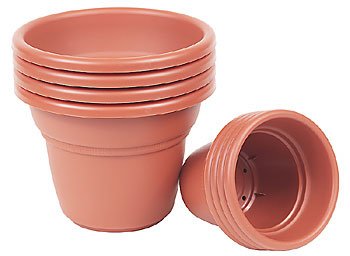We know drinking and driving don’t mix. How about bulbs and
alcohol? Did you know that bulbs and alcohol do mix?
We know drinking and driving don’t mix. How about bulbs and alcohol? Did you know that bulbs and alcohol do mix? It seems that a Prof. William Miller, director of a Flower Bulb Research Program, has found that diluting hard alcohol into the soil of potted bulbs will stunt the bulbs. This stunting, in turn, keeps bulb stems shorter and straighter, and you don’t have to worry about them flopping over so much in the wind and rain.
The recommended formula is a 4- to 6-percent solution comprised of water and white alcohol. One part liquor and seven parts water will make a five-percent solution. It is recommended that this is added to the soil when bulb growth is a few inches high.
Of course, hard alcohol isn’t the only ingredient that gardeners have been using for years. I’m sure you’ve heard of using beer to trap snails. It seems that snails drink the beer and die with a smile on their faces. The beer needs to be placed in shallow tines, such as pie tins, that are placed level with the ground. Truthfully, snails end up attracted to beer, fall into the concoction and end up drowning.
I’ve tried beer traps myself and find that it’s mostly a waste of good beer. Turns out that a nonalcoholic beer has been found to be the best attractant for snails. It’s called Kingsbury nonalcoholic beer. A professor at Colorado State University tested all brands of beer, including Budweiser, Miller and Colorado’s own – Coors, but found that Kingsbury did the best job of attracting snails.
Finally, if you have problems with mildew on roses and other ornamental plants, get milk! Researchers in South America discovered that weekly sprays of milk controls powdery mildew just as effectively as synthetic fungicides, such as benomyl and fenarimol. Not only was milk found to be effective at controlling the disease, it also acted as a foliar fertilizer, boosting the plant’s immune system.
Powdery mildew is in the cucurbit family and is caused by an organism called Sphaerotheca fuliginea. For decades, organic gardeners had to rely on a spray from baking soda to control the disease. Now, instead of measuring out baking soda and combining it with a surfactant (a “sticking” substance) of either oil or soap, gardeners need only head for their refrigerators.
The recommended formula is one part milk and nine parts water. Skim milk was used since it has no fat content and there was less chance of odors. The spraying took place at weekly intervals during the summer when powdery mildew is a common problem.
You may have also heard about using Epsom salts as a fertilizer, particularly on roses. This is such a high-demand subject that I will devote my column next week on this topic. Next week: try Epsom salts, your plants will like it.












